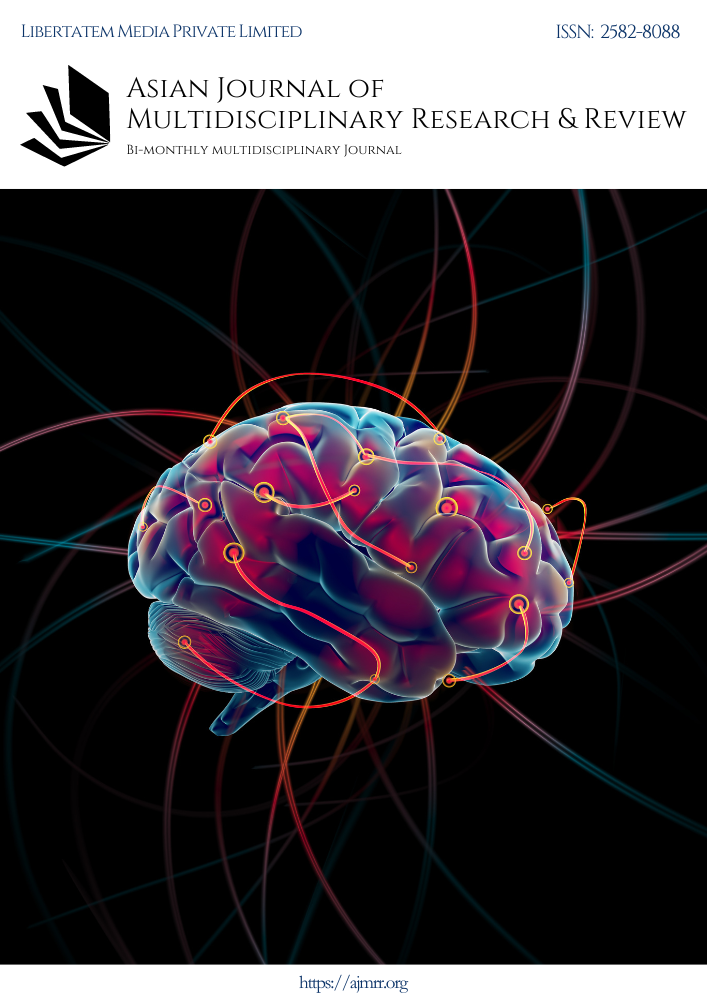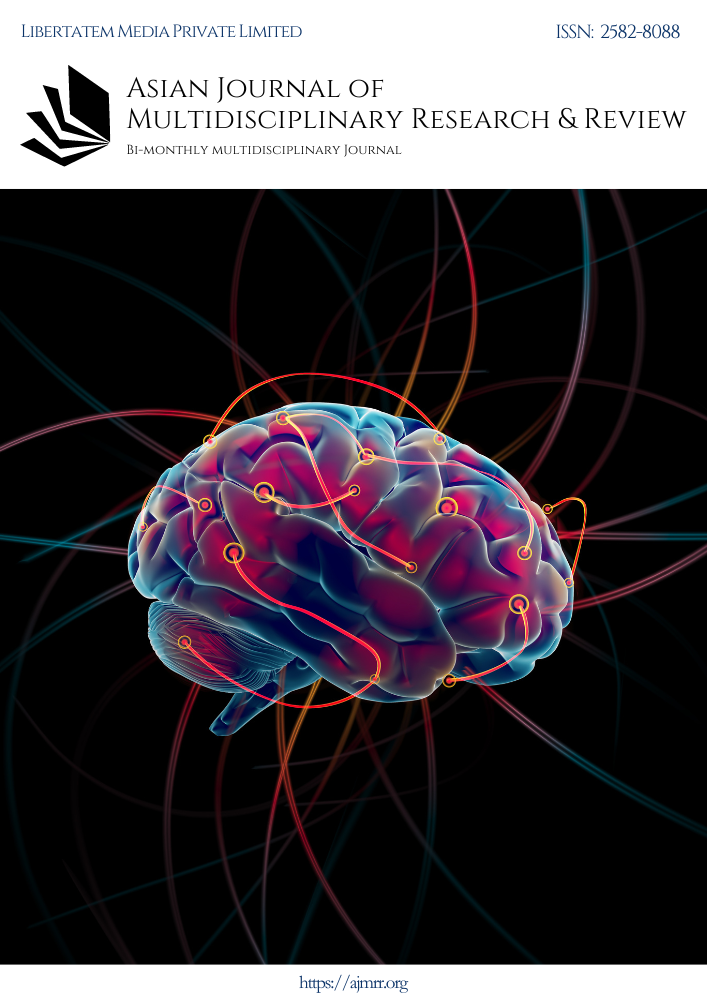Maximizing Performance: Expert Strategies for Network and Systems Management in the Cloud Era
Abstract
Cloud computing is an advanced mode of network computation and data processing that is gaining widespread popularity in today’s era. With the spread of large data centers that host cloud applications, there has been a rapid increase in energy usage. Studies indicate that a significant amount of the high energy usage in data centers is due to providing more network resources than necessary to accommodate peak demand. This paper suggests a resolution to the issue by developing a dynamic and energy-saving approach to managing resources. To conserve energy and ensure cloud users receive excellent service, the plan introduces a multitier cloud structure that divides physical machines (PMs) into two groups: a hot pool (active, running) and a warm pool (on standby in dynamic sleep mode). Every PM has a resource search engine (RSE) to locate an unused virtual machine (VM) for the request, and a synchronous sleep mechanism is added to the warm pool. To assess the overall performance of the cloud system's service with the suggested approach, a combined queueing system is set up. This system consists of three probabilistic submodels and is solved using a matrix-geometric method. As a result, the system's energy-saving rate and the average latency of requests are calculated. The paper will use numerical data to demonstrate how the synchronous sleep mechanism impacts system performance.
Downloads
Downloads
Published
Issue
Section
License

This work is licensed under a Creative Commons Attribution-NonCommercial-ShareAlike 4.0 International License.
License Terms
Ownership and Licensing:
Authors of research papers submitted to the Asian Journal of Multidisciplinary Research & Review (AJMRR) retain the copyright of their work while granting the journal certain rights. Authors maintain ownership of the copyright and grant the journal a right of first publication. Simultaneously, authors agree to license their research papers under the Creative Commons Attribution-ShareAlike 4.0 International (CC BY-SA 4.0) License.
License Permissions:
Under the CC BY-SA 4.0 License, others are permitted to share and adapt the work, even for commercial purposes, as long as proper attribution is given to the authors and acknowledgment is made of the initial publication in the Asian Journal of Multidisciplinary Research & Review. This license allows for the broad dissemination and utilization of research papers.
Additional Distribution Arrangements:
Authors are free to enter into separate contractual arrangements for the non-exclusive distribution of the journal's published version of the work (e.g., posting it to institutional repositories or publishing it in books), provided they acknowledge the initial publication of the work in the Asian Journal of Multidisciplinary Research & Review.
Online Posting:
Authors are encouraged to share their work online (e.g., in institutional repositories or on personal websites) both prior to and during the submission process to the journal. This practice can lead to productive exchanges and greater citation of published work.
Responsibility and Liability:
Authors are responsible for ensuring that their research papers do not infringe upon the copyright, privacy, or other rights of any third party. The Asian Journal of Multidisciplinary Research & Review disclaims any liability or responsibility for any copyright infringement or violation of third-party rights in the research papers.



